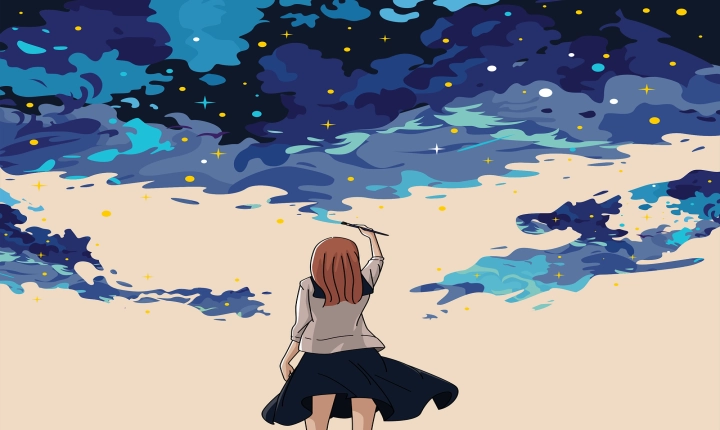Title: Converting a JPG Image into an Object in Adobe Illustrator: A Step-by-Step Guide
Adobe Illustrator is a powerful tool for creating vector-based graphics, and one of its many capabilities is the ability to turn a JPG image into a fully editable object. This can be particularly useful when you want to work with a raster image in a vector format, allowing for flexibility and scalability without loss of quality. In this article, we will explore a step-by-step process for converting a JPG image into an object in Adobe Illustrator.
Step 1: Open Adobe Illustrator and create a new document
First, open Adobe Illustrator and create a new document by selecting “File” > “New”. Choose the size and orientation of your document based on your requirements.
Step 2: Place the JPG image into the Illustrator document
Next, select “File” > “Place” and locate the JPG image you want to convert. Click “Place” to insert the image into the Illustrator document.
Step 3: Image trace the JPG
With the image selected, navigate to the “Image Trace” option located at the top of the Illustrator workspace. Click on the drop-down menu and select the “High Fidelity Photo” preset, or choose a preset that best suits your image. This will convert the raster JPG image into a vector object.
Step 4: Adjust the image trace settings
After applying the Image Trace, you can further refine the settings if needed. Click on the “Image Trace Panel” to access advanced settings such as threshold, paths, and colors. Adjust these settings to achieve the desired level of detail and clarity in your vector object.
Step 5: Expand the image trace
Once you are satisfied with the image trace settings, click on the “Expand” button at the top of the workspace. This will convert the traced image into editable vector paths and shapes.
Step 6: Ungroup and edit the vector object
After expanding the image trace, you may need to ungroup the vector object in order to edit individual components. Select the vector object, then go to “Object” > “Ungroup” or use the keyboard shortcut “Ctrl + Shift + G” (Windows) or “Cmd + Shift + G” (Mac).
Step 7: Edit and customize the vector object
Now that the JPG image has been successfully converted into a vector object, you can easily customize it by adjusting anchor points, changing colors, adding or removing elements, and more. Use the various tools and features in Illustrator to further refine and enhance the vector object to your liking.
Step 8: Save and export the vector object
Once you have completed the necessary edits, save the file in a suitable format (such as AI or PDF) to preserve the vector properties. You can also export the vector object in other formats like SVG, EPS, or PNG as needed.
In conclusion, Adobe Illustrator provides a seamless and effective process for turning a JPG image into a fully editable vector object. By following the steps outlined in this guide, you can leverage the power of Illustrator to transform raster images into versatile and scalable vector graphics, opening up a world of creative possibilities for your design projects. So next time you need to work with a JPG image in a vector format, remember that Adobe Illustrator has got you covered.
